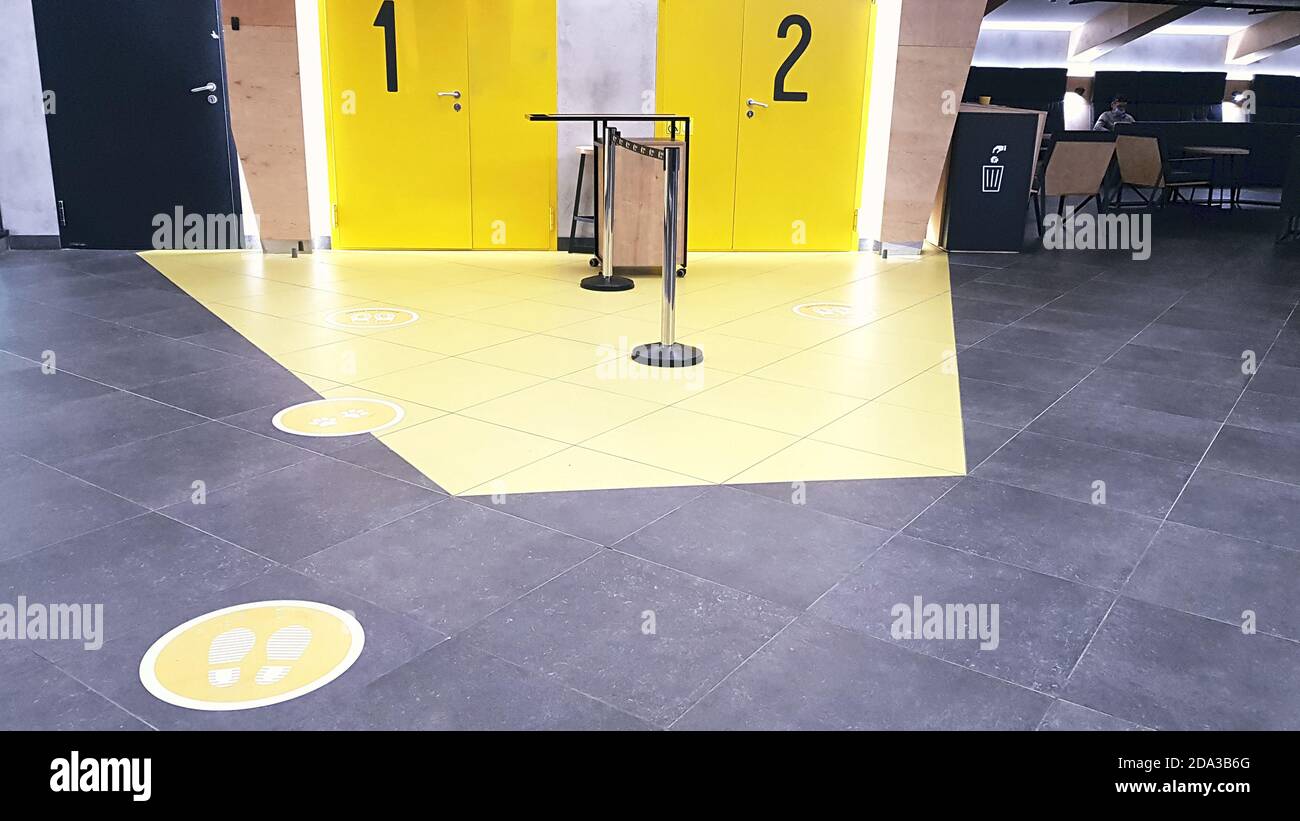

The unit of foot derived from the human foot. It is equal to 0.3048 m, and used in the imperial system of units and United States customary units. The distance d in feet (ft) is equal to the distance d in meters (cm) times 3.280839895: d(ft) d(m) × 3.280839895. It is defined as "the length of the path travelled by light in vacuum during a time interval of 1/299,792,458 of a second." In 1799, France start using the metric system, and that is the first country using the metric. The meter (symbol: m) is the fundamental unit of length in the International System of Units (SI). survey foot, not the common foot.Let's see how both units in this conversion are defined, in this case Meters and Feet: Meter (m)

Errors resulting from bad conversions are on the scale of about 2 meters in the Northampton area. If you are not working in metric you need to make absolutely sure you and everyone working on a survey's Mass State Plane coordinates are working in U.S survey feet and that conversion to and from metric is done correctly. It is not used in Massachusetts survey coordinates. It is defined as 'the length of the path travelled by light in vacuum during a time interval of 1/299,792,458 of a second. Meters : The meter (symbol m) is the fundamental unit of length in the International System of Units (SI). 2.05 Meters (m) 6.72572 Feet (ft) Visit 2.05 Feet to Meters Conversion. Thus the common foot is defined as 0.3048 meters, exactly. You are currently converting Distance and Length units from Meters to Feet. The common foot, also known as international or Imperial foot, is a familiar but different unit of measurement, one-third of the Imperial standard yard, which is defined to be 0.9144 meters, exactly.survey feet may be converted to meters by multiplying U.S. survey feet by multiplying meters by the fraction 3937/1200 (not 3.28084). The Mass State Plane coordinate system is metric but may be converted to U.S.


 0 kommentar(er)
0 kommentar(er)
